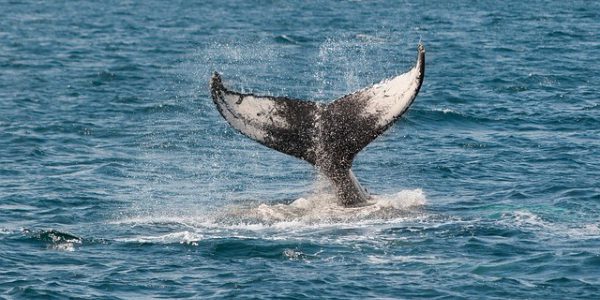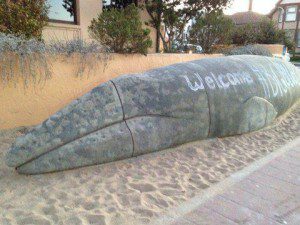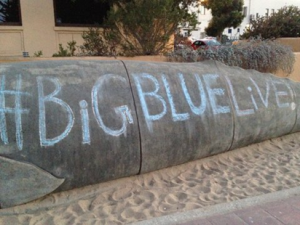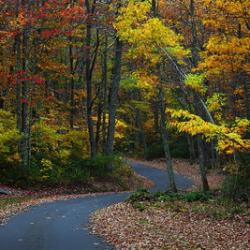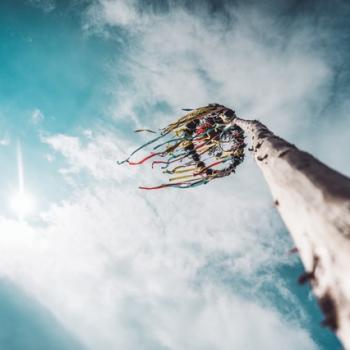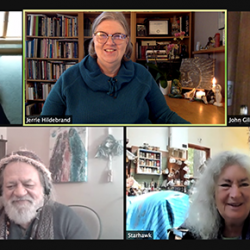Restoration of wildlife habitat does work. Nature and people can coexist when protections are in place for animal species. Monterey Bay National Marine Sanctuary in California has proven this is possible. Positioned between the urban centers of San Francisco and Los Angeles, this sanctuary was designated in 1992, and is one of our nation’s largest marine sanctuaries, larger even than Yellowstone National Park.
Big Blue Live, a PBS/BBC collaboration aired last week(2015). It tells the success story of the conservation efforts in the Monterey Bay. Much of it is filmed live in the last two weeks from the air and underwater, with lively and exciting narration. It can be viewed online at:
http://www.pbs.org/big-blue-live/social-hub/
I moved to the Monterey Bay area four years ago though I lived in the area in the 1970s well before this ecological effort take place, when the Bay was quite stressed. The cannery business that ruled the area in the 1930s and 40s had disrupted the ecosystem, possibly beyond repair. Efforts to save the Sea Otter started in the 1970s, a move that proved to be more important than just repopulating the area with a loveable species. The Otter, it turns out, is responsible for bringing back the kelp forest in the Bay which supports so much other life. You can learn more about it by viewing Big Blue Live!
Artist Larry Foster created this concrete Gray Whale, Sandy, who welcomes all to the Museum of Natural History in Pacific Grove, California, just two blocks from the Bay. Sandy is an actual life-sized model of a female Gray Whale. She was created decades ago when the Save the Whale campaign was underway. For me, she has been a symbol of the deep wishes so many have to restore the earth and reverse environmental degradation.
Paganism I feel played a key role in opening space for such ventures. Science versus religion needs a challenger. We pagans are among the most vocal. I believe we speak for far more folks than our recordable numbers indicate. “Nature is sacred” resonates with many people regardless of their declared religious outlooks. Even Pope Francis reveres nature, taking the name of the most famous nature priest. Save the Whales was a mantra when I was coming of age. It was one of the slogans of the environmental movement that was launched with Earth Day in 1970, declaring protecting and restoring Nature a priority. That movement drew me in spiritually as well as made me into an environmental activist on the local and national level.
The massive gathering of whales so close to my home was an emotional moment for me. I grew up in a land locked part of the country and dreamed of the sea. Then I learned of the stresses on the Ocean which are indeed very real. But now I have hope to hold onto as well. One of the lines about the whales from the PBS program sticks with me: “It you protect an area, they will come back. “
If you take the time to view Big Blue Live! which is filmed as three one-hour programs, you will learn about how whales have returned as well as other unique creatures. Because of the warm waters this year, there is more diverse wildlife here than has been in this bay for perhaps two hundred years.
You will get to see both scuba diving as well as helicopter views. I have never seen such footage, even though I visit the world renowned Monterey Bay Aquarium frequently. This is something quite special. The highlight for me was the live filming of a Blue Whale, the largest creature on earth that was nearly extinct but has come back! A sweet moment:
http://www.bbc.co.uk/programmes/p0315h7t
Whales are important to people around the globe. I have experienced the work of others that has made my love of whales deeper and more spiritual. I want to share them here as well.
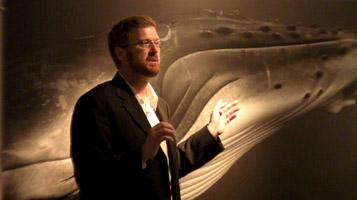 Bryant Austin is another whale enthusiast and researcher who has performed a unique service to both nature and humanity. He photographs whales by swimming with them, waiting until they approach him before he takes his photograph. As a consequence, his images reflect the true movements of these incredible animals. He then exhibits them as life size, yes Whale size, photos. They are stunning in person but both the book and computer images capture Bryant’s magical experience very well. You can see a collection of his work at:
Bryant Austin is another whale enthusiast and researcher who has performed a unique service to both nature and humanity. He photographs whales by swimming with them, waiting until they approach him before he takes his photograph. As a consequence, his images reflect the true movements of these incredible animals. He then exhibits them as life size, yes Whale size, photos. They are stunning in person but both the book and computer images capture Bryant’s magical experience very well. You can see a collection of his work at:
http://www.studiocosmos.com/limited_editions.html
For me, the mystical energy of the whale was best portrayed in the film Whaledreamer (available on DVD.) Released in 2007, this artfully executed documentary was written and directed by Kim Kindersley, an Irish actor who worked with Julian Lennon, the son of Beatles John Lennon, to produce this movie. In 1990, Kim went on a trip around Ireland to reconnect with his roots, Celtic ones. He was concerned about the wanton destruction of the earth. He began to swim with a lone dolphin, a symbol of humanities reconnection to nature and received this message: “Go down to the ocean and dream your dream with the whales and dolphins.”
He made a promo film and sent it to tribes around the world asking if they would like to gather. Many responded. An Aboriginal people in Australia called the Mirning tribe, lived on the southern coast of Australia in the 1990s before being dispossessed of their land. The Mirning tribe senses the actions of their ancestors in the vast landscapes, rock formations and vegetation around them. They continually relive their connection to all of nature and the cosmos; and they deeply missed their native land and the ocean.
In 1998, eighty-five indigenous elders and others environmentalists from diverse lands came together in Australia. This movie chronicles the saga of these representatives and members of the Mirning tribe traveling back to this land formation—in the shape of a whale tail jutting out into the sea—which had been their home.
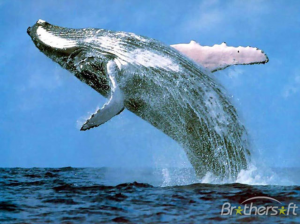 Once they arrive, they perform a ceremony that connects them back to their ancient tribal totem, the Whale. They believe this place is the gateway to the galaxy, to their dreamtime which is the deepest well of our collective human memory. Dreaming connects past, present and future in one dream and encompasses the ever revolving cycles of life, birth, death.
Once they arrive, they perform a ceremony that connects them back to their ancient tribal totem, the Whale. They believe this place is the gateway to the galaxy, to their dreamtime which is the deepest well of our collective human memory. Dreaming connects past, present and future in one dream and encompasses the ever revolving cycles of life, birth, death.
The Mirning worldview says that we are born as a result of the Whale being the Mother of the Sea. They are our sisters and brothers and when we die it is with them we return to Urguda, the Morning Star. While viewing the film, I felt emotionally connected to these people who are so lovingly tending their ancestral totem.
As Pagans, our ceremonies are heard by the very Soul of the Cosmos, Nature and our own inner selves. To have the whales off the shores of California in a protected marine sanctuary feels like we are in fact engaged in a sacred venture. Our work is not only sacred to us but is important to the survival of the planet.
As a totem, many connect the whale with singing our own songs, being true to our unique nature. By singing we are participating in the great web of interconnection. Singing in this sense is a generic term for expressing ourselves, not just specific to voice singing. Whaledreamer concludes with this sentiment.
Song of creation
If people stop singing, Earth will die.
How does ancient memory serve the future of the world?
Live the creation song into ourselves, keep it alive, and
use it to connect directly with our own inner sense of knowing and being.
If we forget this song the world will end.
People need to reconnect to land, dreaming, nature.
Back to the beginning.


